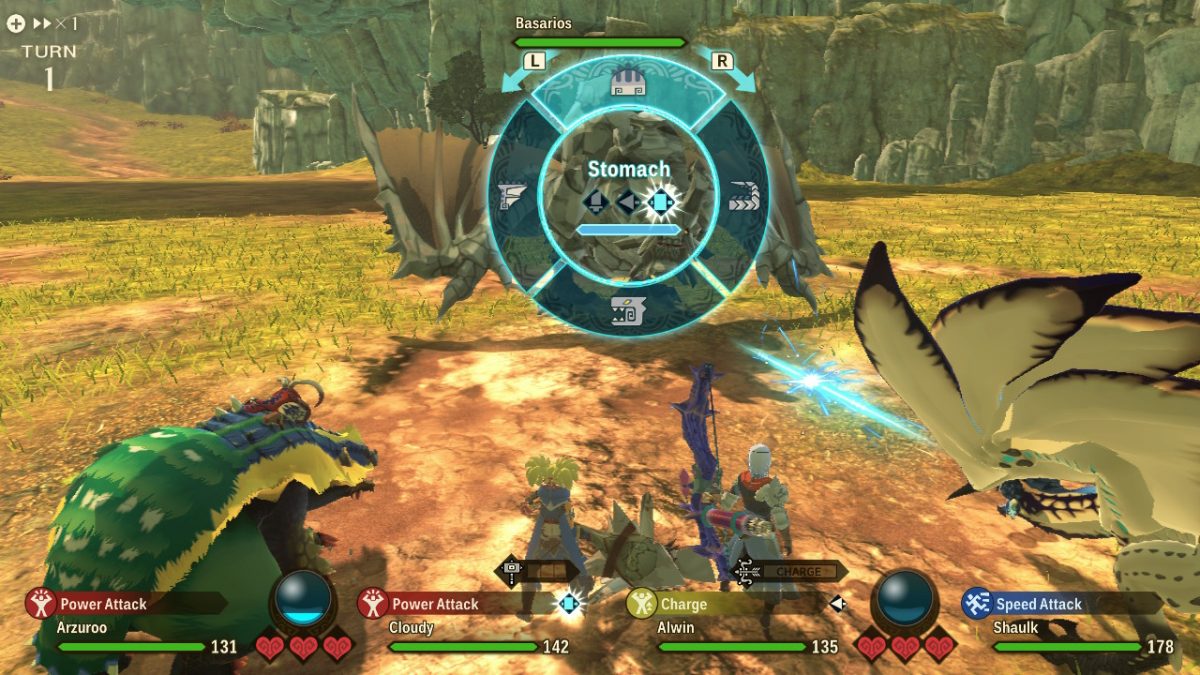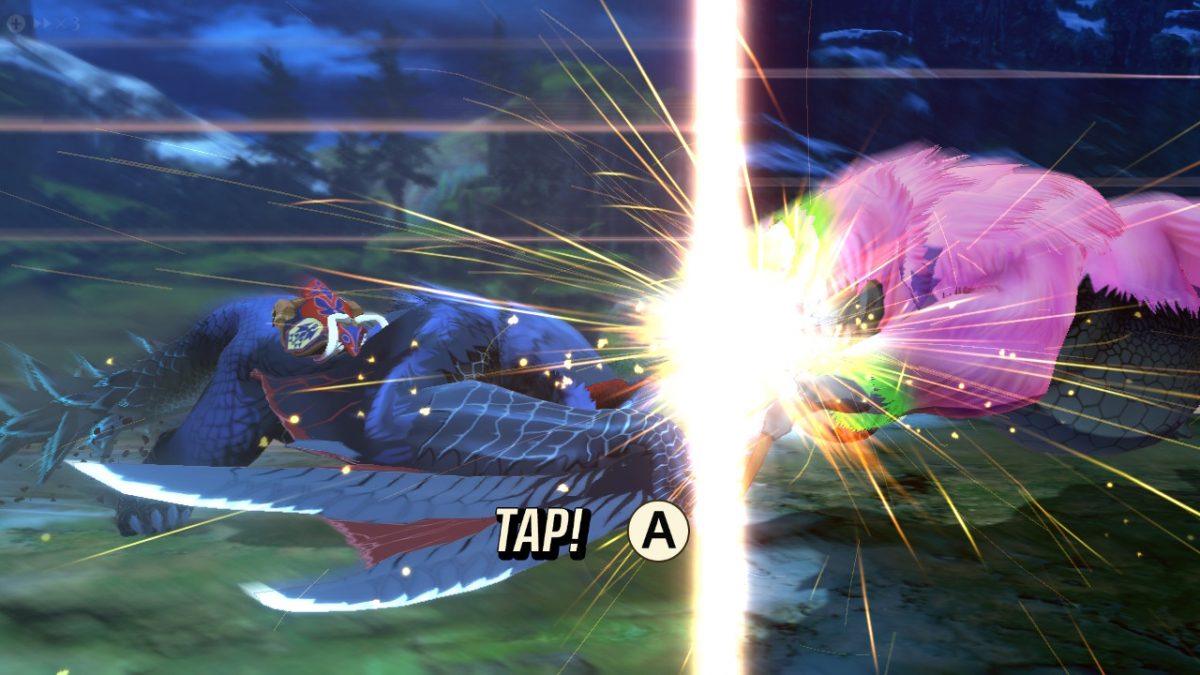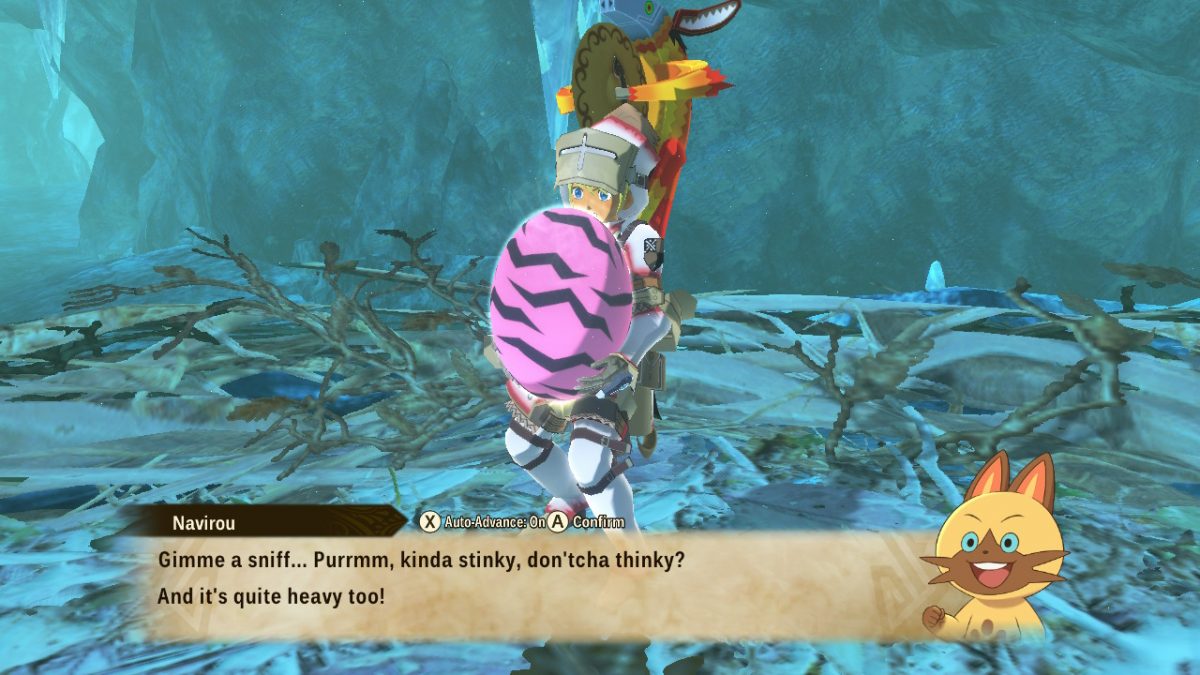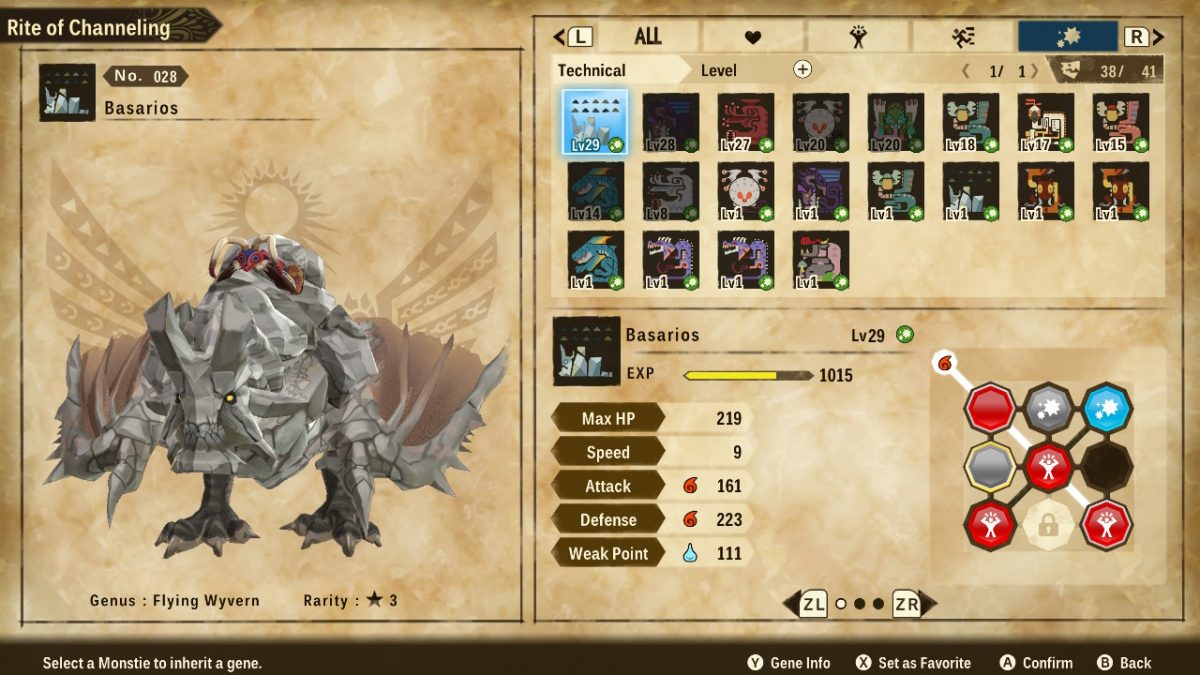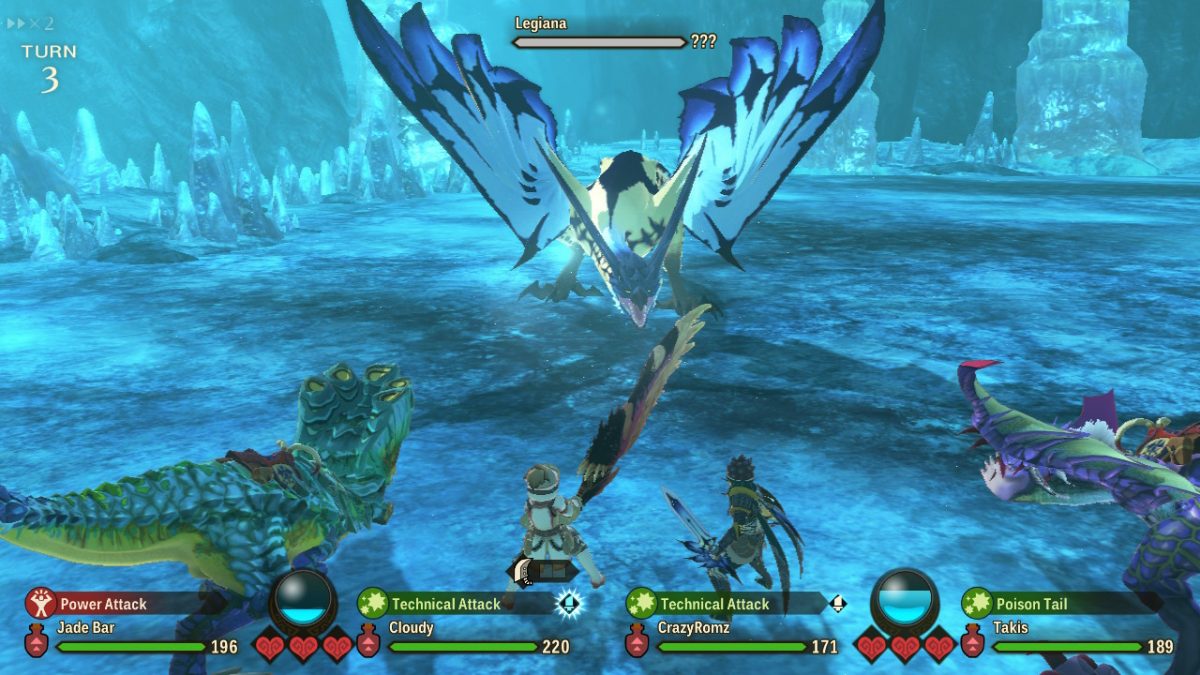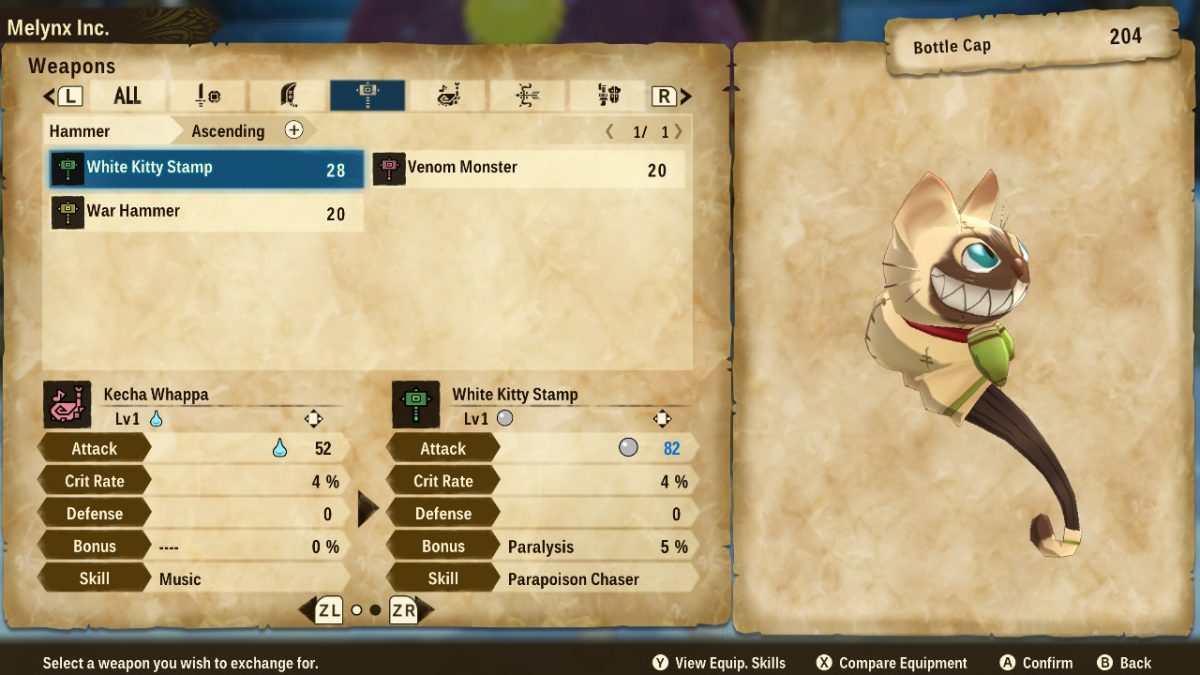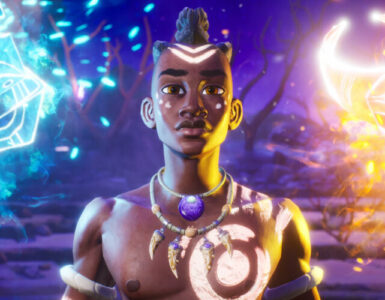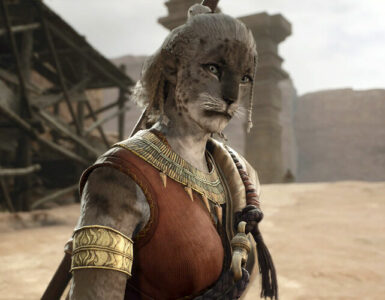2021 is a good year for Monster Hunter fans, with Monster Hunter Rise out in March, followed by Monster Hunter Stories 2: Wings of Ruin just four months later. The Monster Hunter Stories spin-off is the J-RPG younger brother of the main Monster Hunter franchise where players take on the role of riders instead of hunters.
Instead of hunting monsters, and killing or capturing them for research upon defeat, a rider stalks the monster back to its cave, to steal its egg while it sleeps. Once hatched, the baby monster will become the rider’s buddy, or Monstie, and together they will fight other monsters.
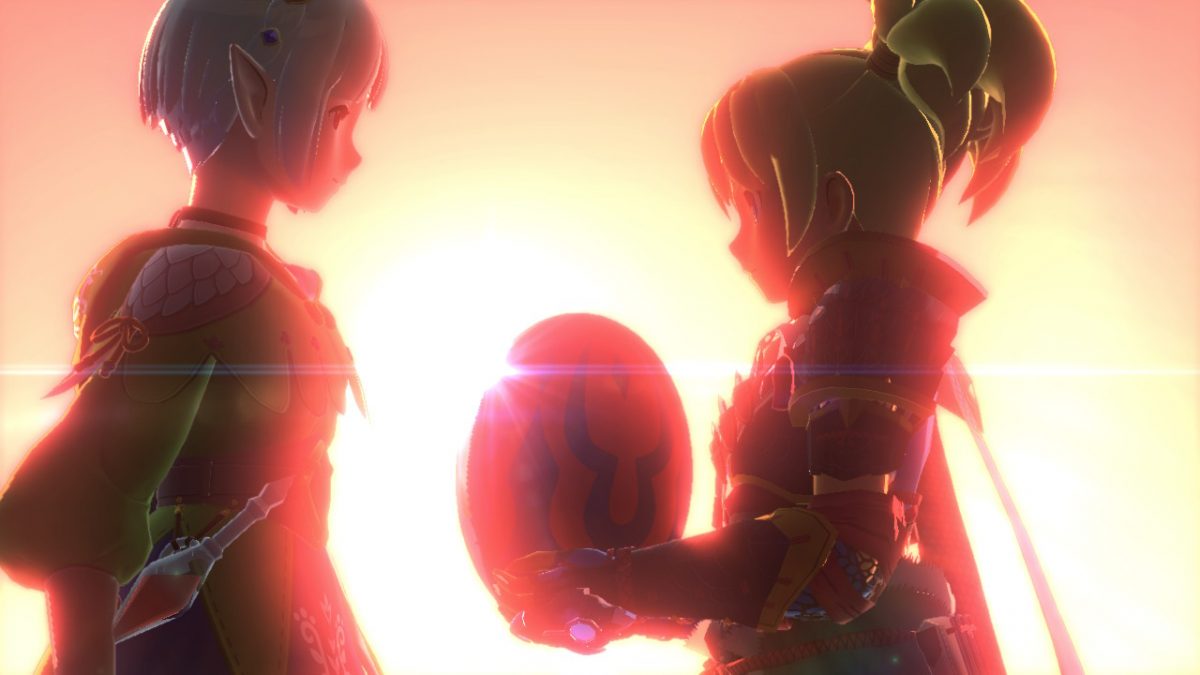
While Monster Hunter Stories 2: Wings of Ruin is a sequel to 2017’s Monster Hunter Stories on the Nintendo 3DS, it has a totally separate storyline and new players can jump into this without fear of missing parts of the lore. Of course, fans of the original will be pleased to see familiar characters, such as the Channeler but with better graphics.
Players start by creating an original character – a young rider from the Mahana Village. The cinematic opening starts dramatically with a festival celebration in the village, while hunters chase after young Wyverian girl, Ena. Once out of their sights, Ena finds her way to Guardian Ratha’s den to meet up with the rathalos. Guardian Ratha, the protector of the island, then entrusts Ena with an egg, before flying off with the other rathalos.
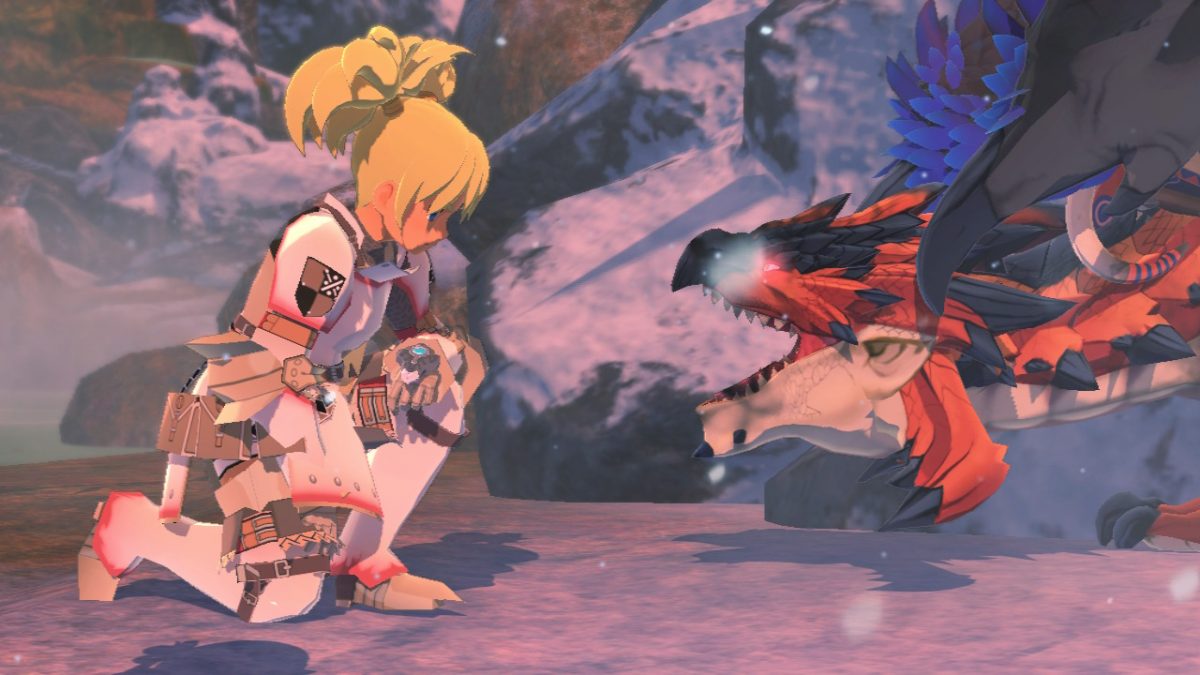
After completing a couple of story quests to learn the basics of battling and stealing eggs, the rider will finally meet Ena at Guardian Ratha’s den. It turns out that Ena was a close friend of Red, the legendary rider, who is also the young rider’s grandfather. She then gives the player two items – Red’s old Kinship Stone and Guardian Ratha’s egg. With the egg now the rider’s responsibility, players embark on a long journey with Ena to protect the egg, and subsequently the rathalos that hatches. Meanwhile, hunters were hot on their tails to get to the egg/rathalos, as they somehow believed that this rathalos will grow up to be Razewing Ratha, the monster with the Wings of Ruins, which has been foretold by legends as the world destroyer.
The premise here is simple, yet rich and captivating with well placed twists that propels the game along. As players travel to various villages, the rider will meet an NPC who will join the team, and through flashback cutscenes, players will learn more about these NPCs. Great voice acting in both English and Japanese brings the characters to life vividly, whether they are human, Wyverian or even Felyne. As for the rider who never speaks, players will gradually bond with the protagonist and be able to empathize with their rider’s thoughts and feelings as the story progresses.
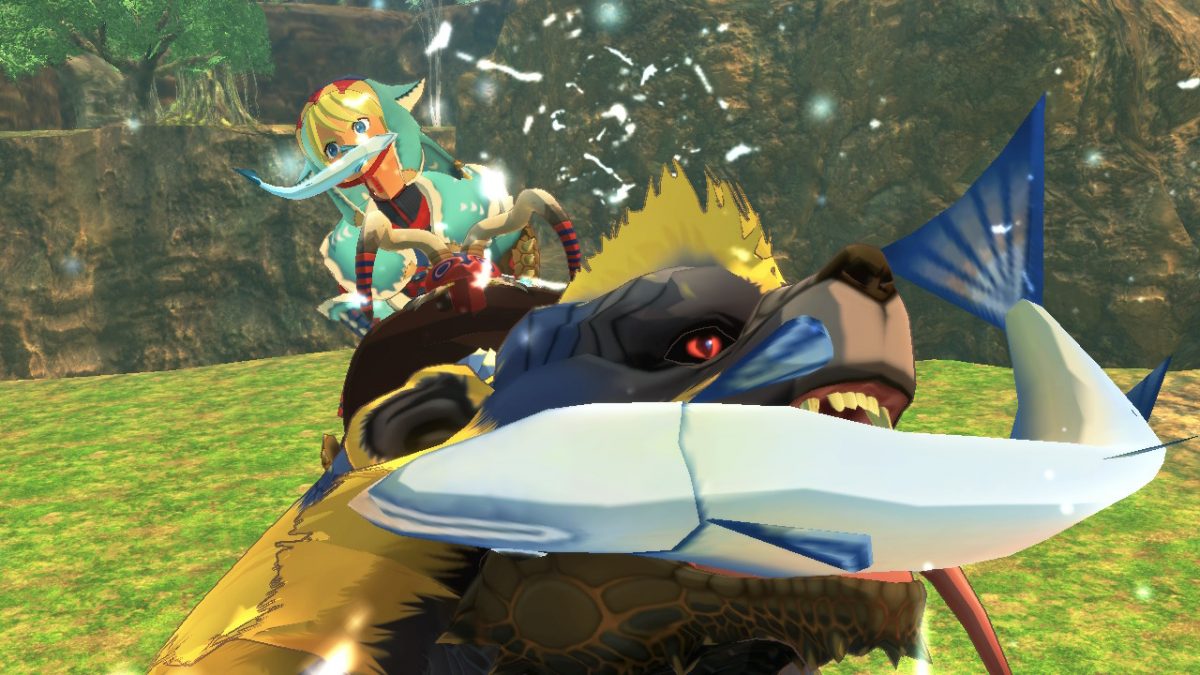
The cutscenes in the game are superbly rendered in Japanese anime style, and even the Kinship Skill animation in battles are fun to watch, at least for the first few times. In terms of gameplay graphics, the monsters’ movements are rendered meticulously and players will even be able to feel the difference in their monster controls as their rider rides different monsters, There’s the slow and heavy pace of a barroth, with its center of gravity leaning towards its heavy head, to the fast pace of a nargacuga, as it swiftly moves with its wings. If there are any complaints, it would be the visibility of plants and ores as without the scoutflies as a guide, it is easy to miss a herb among the grasses, or a cluster of ore among the icy rocks.
For a game about tracking monsters, navigation around the world is effortless and fast, and even though there are caves after caves with intricate maze systems, there is no reason for players to lose their way as the local map will clearly indicate the locations of treasure chests, exits and even dotted paths that indicate the path so far. The only bothersome roadblocks are when the rider reaches parts of the map which can only be accessed by Monsties with special movement abilities.
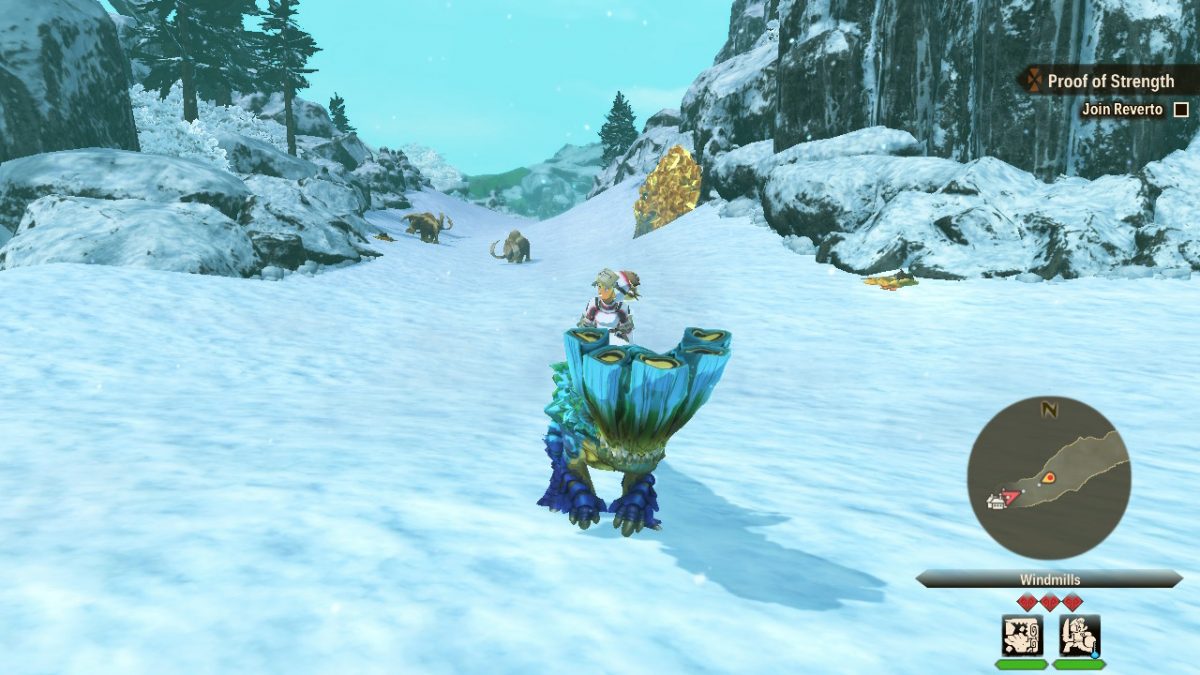
For example, broad rivers can only be crossed with a Monstie that can swim, while a treasure chest on a cliff is only reachable by a Monstie who can climb vines. If such Monsties are not in the team, the rider would have to return to the stables to swap them in.
Combat-wise, the Monster Hunter Stories 2: Wings of Ruin battle system is a turn-based battle of rock paper scissors between the rider’s team, and the opponent monsters. Each monster belongs to one of the three attack types of Power, Speed and Technical; where Power beats Technical, Technical beats Speed and Speed beats Power. However, more powerful monsters can change their attack type mid battle, and players will have to change their Monstie’s attack accordingly, or even swap out to another Monstie to counter the changed attack type.
Besides the monster types, players also have to consider which monster body parts should be targeted. To stop a Legiana’s powerful aerial attacks, players would want to focus attacks on its wings to bring it to the ground. Next, players would need to decide which weapon to use as some weapons are more effective on a Leginaa’s wings. There are three types of weapons in the game: Slash (Great Sword and Sword and Shield), Blunt (Hammer and Hunting Horn) and Piercing (Bow and Gunlance) and the rider will be equipped with one of each type, and be able to swap them out during battles without missing a turn.
Every successful attack contributes Kinship points, which can be used for weapon skills, like a Hunting Horn’s Healing skill. When the Kinship Gauge is full, the rider will be able to ride the Monstie and launch a powerful Kinship Skill attack. Players can also time it so that the rider rides the Monstie at the same time that the NPC rides his or hers, and launch a simultaneous Kinship Skill attack that deals even more damage.
Once a monster has been defeated, it might retreat back to its den, making it possible for the rider to steal one of its eggs while it sleeps. Depending on the monster, the rider may be allowed to choose one to four times. A monster egg’s rarity is determined by its smell and weight, and the more smelly the egg is, the better active and passive skills the baby Monstie will have. The heavier the egg, the more gene slots the baby Monstie will get. But even if the selection is a normal egg and the Monstie hatched from it is just average, its genes can still be improved via the Rite of Channeling.
At the stables, the rider can perform the Rite of Channeling to transfer a gene from one Monstie to another, granting the inheriting Monstie a new ability. For example, a heat resistance gene from a Basarios can be transferred to an Arzuros, which is generally weak to fire. But do note that after sacrificing its gene, the channeling Monsite will disappear after the ritual. Each Monstie has a total of nine slots for its genes, with some genes unlocking only after reaching a threshold level. There are also a total of six different colors indicating the six respective elements, and three patterns indicating the three respective types and lining up genes of the same color or pattern will create a bingo bonus, so it would behoove players to plan the gene slots strategically, instead of just filling up the space!
Besides the stables, the rider will also be given a house in each village where the players could save the game, or change their rider’s appearance and layered armor. There will also be a market, where the rider could buy and sell items, a smithy to forge or upgrade weapons and armors, and a Melynx Inc. At Melynx Inc., players could use their bottle caps to exchange for special weapons, armors and talismans. There are also special items like stimulants to unlock Monstie gene slots, nutriments to improve Monstie stats like HP and elemental attack, recipes, outfits for Ena or Navirou and most importantly, stables blueprints to expand the stables to contain more Monsties. This is why you need to grind for those bottle caps.
Besides the bottle caps, players would also need to grind for monster parts that are required in forging weapons and armors. As with all other Monster Hunter series, there are adequate side quests to provide players with the opportunity to hunt the monsters they want. If the monster is too tedious for them to handle, even with the help of the NPC, players could also turn to real humans for help. Two players can team up in co-op quests to fight the same monster and share the loot. As long as they are fine with the lag that is definitely more apparent as compared to the smooth multiplayer mode in Monster Hunter Rise.
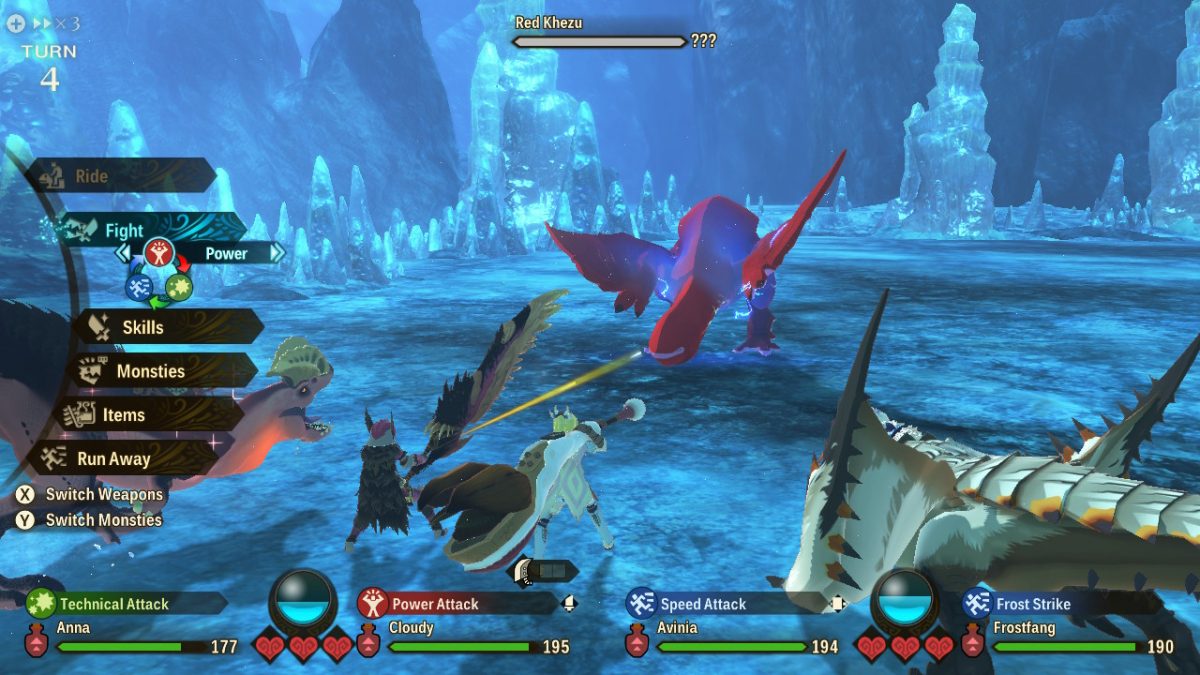
For Monster Hunter fans, the Monster Hunter Stories 2: Wings of Ruin is definitely a must-have, with its engaging story and vivid characters. Though the NPCs will leave the rider’s party when he or she leaves the village, their images will surely be burnt into players’ minds, like the stern looking Alwin and his heartwarming friendship with Red, or the responsible Avinia with her strong tie to her barioth and the village.
The unique battle system of Monster Hunter Stories 2: Wings of Ruin is much more intricate than the usual JRPG turn-based system and players will have fun strategizing their moves instead of just buttons smashing. The ability to change a Monstie’s gene also adds a layer of complexity in leveling up the Monsties.
GEEK REVIEW SCORE
Summary
Monster Hunter Stories 2: Wings of Ruin is an engaging game that will keep players hooked even after the end of the main story, because it is now time to hatch them all to create the perfect Monstie team, and beat up another player’s team in multiplayer Versus Battle!
Overall
7.8/10-
Gameplay - 8/10
8/10
-
Story - 8/10
8/10
-
Presentation - 7/10
7/10
-
Value - 8/10
8/10


